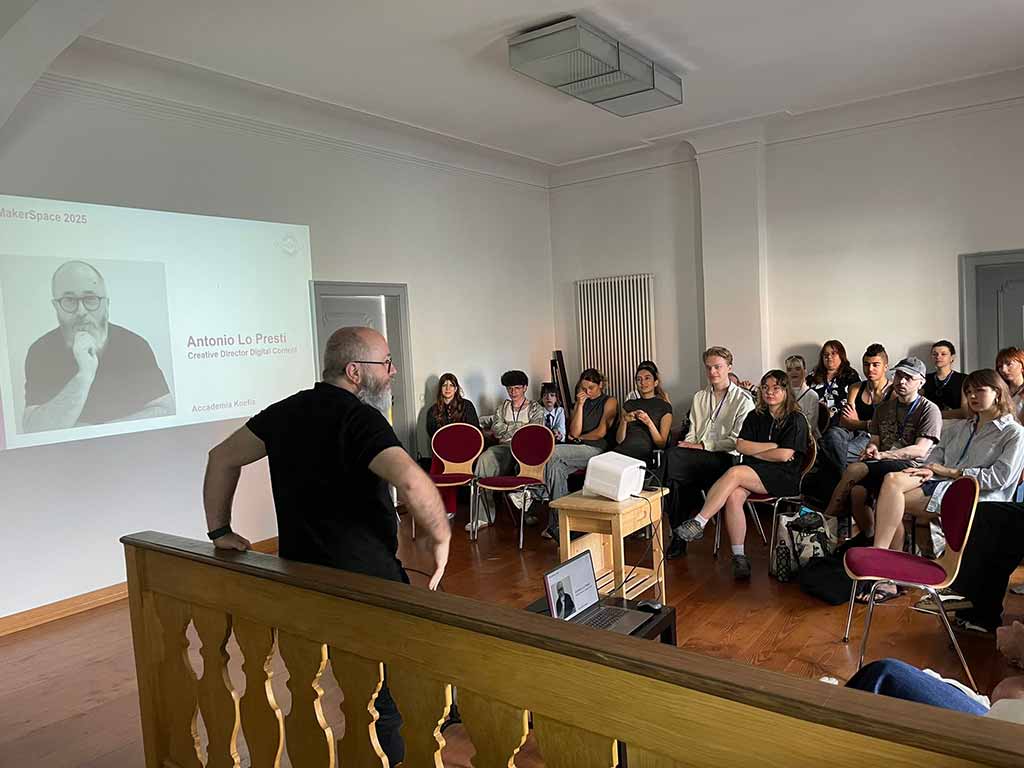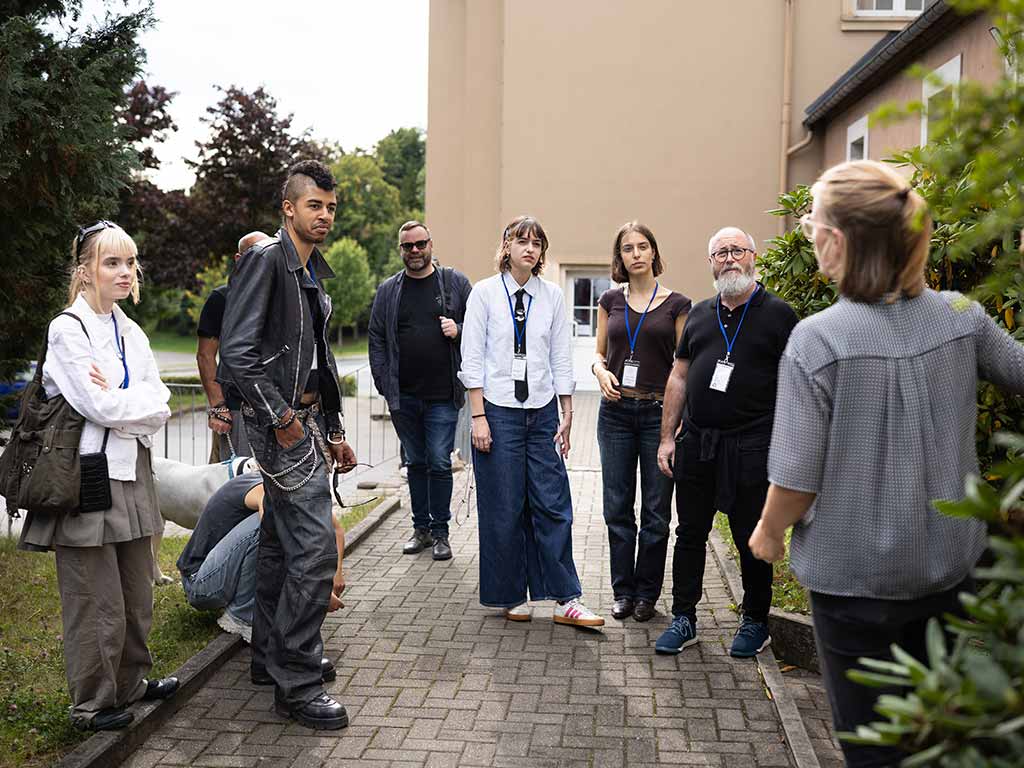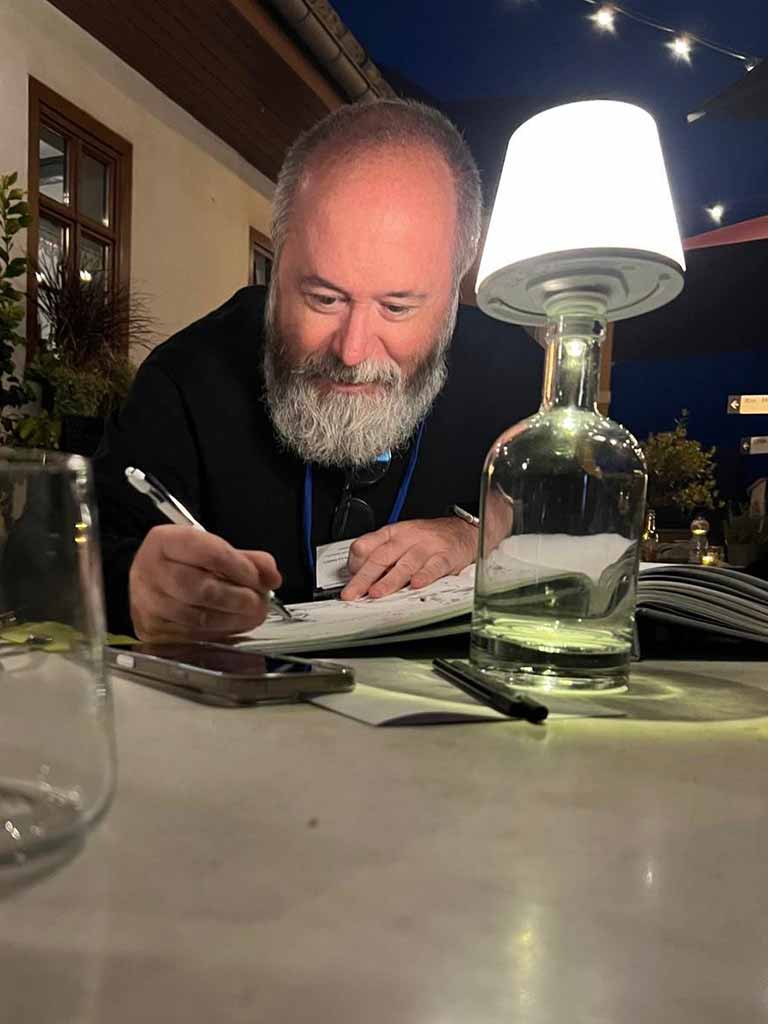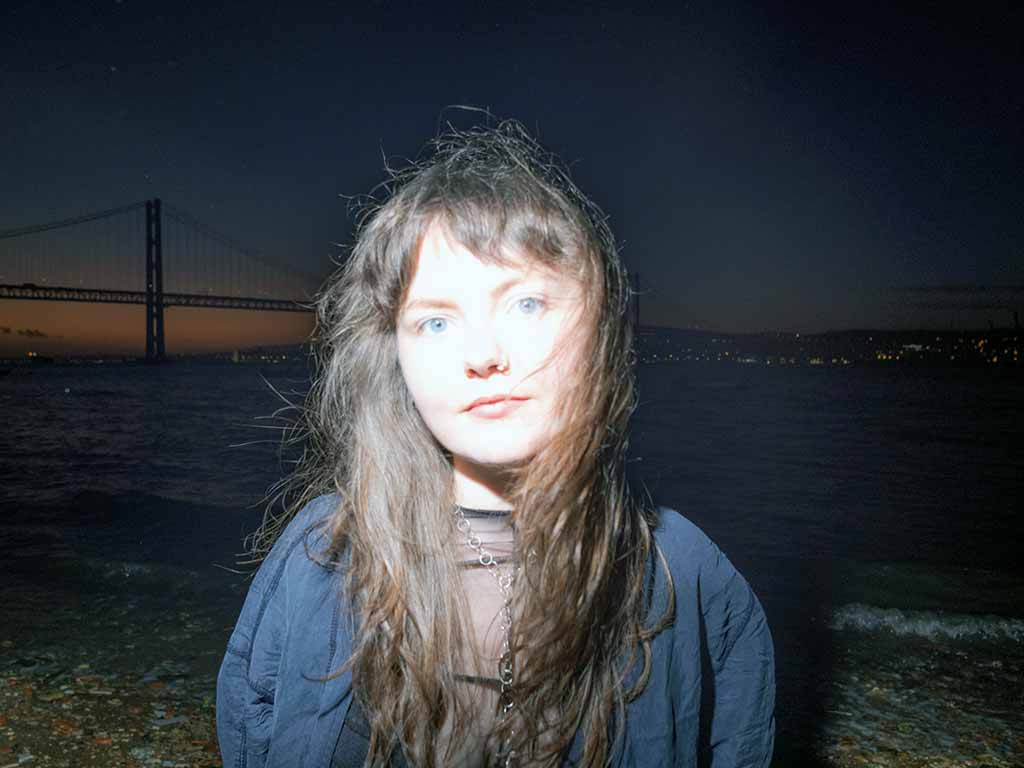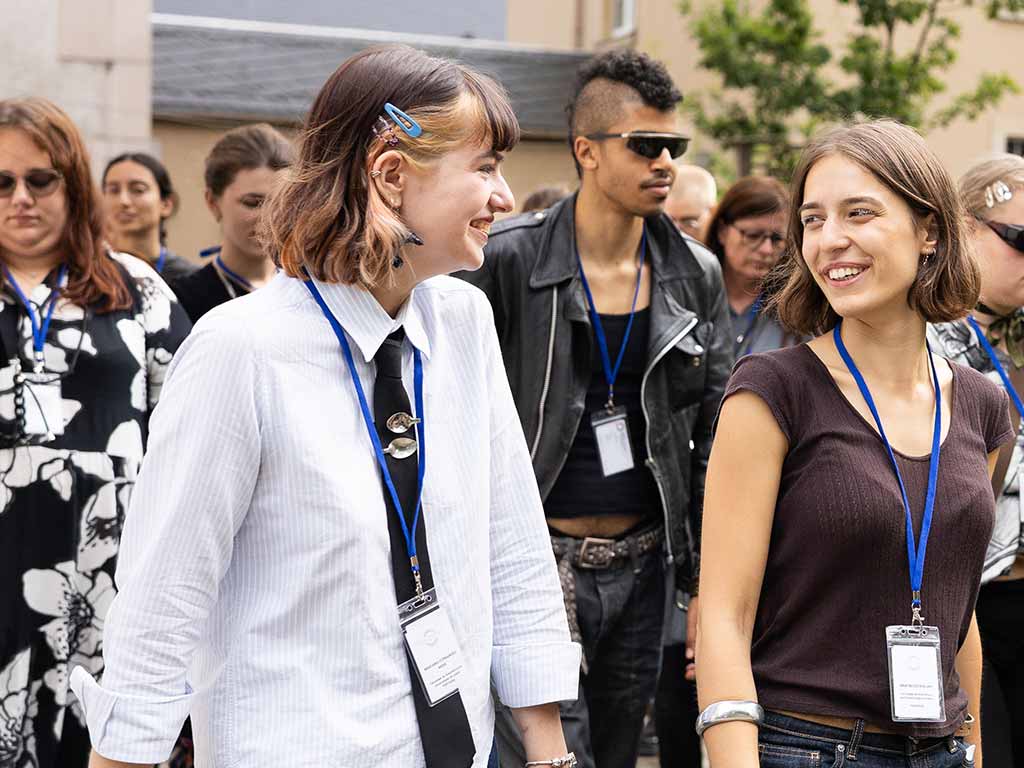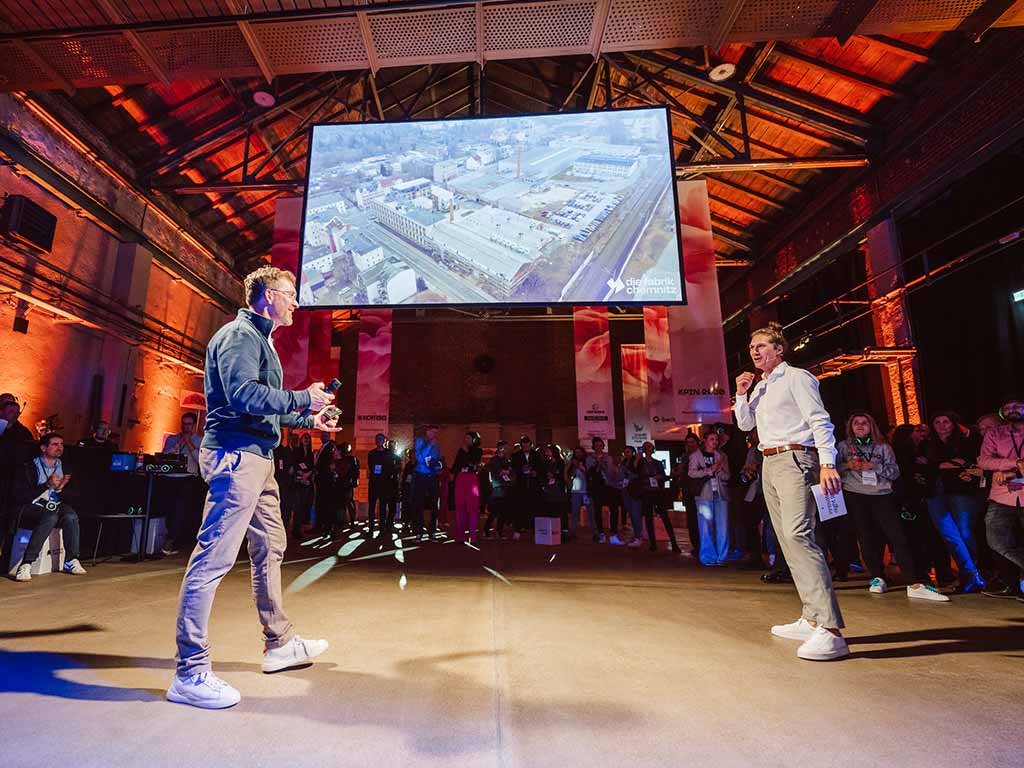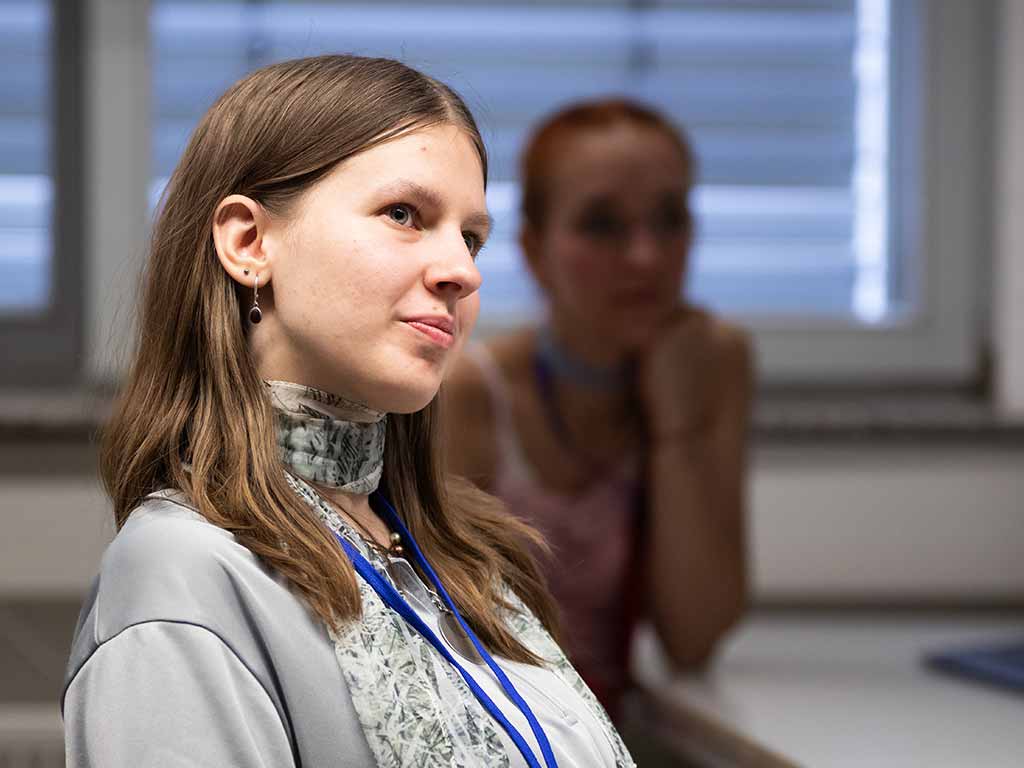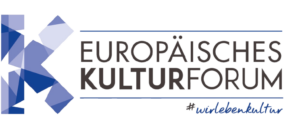
Curiosity as a Driver of Learning in an Interview with Antonio Lo Presti at Makerspace 2025
At the FashionTEX Makerspace, creativity, technology, and team spirit converge. Students and teachers from across Europe worked together for two weeks on innovative projects, combining digital tools with practical craftsmanship – and learning from each other. We spoke with Antonio Lo Presti, Managing Director of Accademia Koefia Srl in Rome. In this interview, he shares which developments particularly impressed him, the challenges they faced, and why he sees the FashionTEX Makerspace 2025 in Schneeberg as a model for the future.
Antonio, what impressed you most about the students’ development during the Makerspace?
Antonio: It was fascinating to see how quickly the students immersed themselves in working with new technologies. The students were incredibly motivated and curious. They wanted to truly understand the possibilities of modern software and innovative tools. Of course, you can’t learn everything in detail in two weeks, but this insight alone inspired many. Some made significant leaps forward in this short time – technically, creatively, and creatively. Experiencing this willingness to learn was truly amazing.
Were there any special moments that stand out in your memory?
Antonio: Yes, many! Particularly beautiful were the moments when everything suddenly came together – when students combined new tools or found their own solutions. These “aha” moments show that creative thinking emerges when you simply try things out. These moments when an idea suddenly takes shape are the heart of a makerspace.
The makerspace brings people from different countries and disciplines together. How did you experience this collaboration?
Antonio: That was one of the most beautiful aspects. The makerspace was a true meeting place of cultures, mindsets, and teaching methods. Everyone contributed their own perspective, and it was precisely this diversity that led to a very lively exchange.
Were there any moments when you were surprised by the students?
Antonio: Yes, several times. I was impressed by how open many were to trying new things and straying from the beaten track. This joy of experimentation – this “I’ll just give it a try” – is exactly what defines creative processes.
Which tools were used most frequently?
Antonio: Absolutely: the 3D printers and laser cutters. Then came the computer stations for Clo3D animations. The combination of digital and physical design was incredibly exciting – from the virtual design to the finished object. Some accessories were so innovative they could almost be considered works of art.
What impressed you most about the results?
Antonio: The students combined clothing, design, and 3D-printed elements in impressive ways. Some results were technically complex yet artistically expressive.
What was the biggest challenge during the project?
Antonio: Definitely the time. 3D printing was logistically demanding, and we had to coordinate a lot. I also would have liked more opportunities to work with the students on storytelling – how they tell their projects through images and videos. This creative presentation is important for truly making ideas visible.
Which elements of the makerspace do you think should definitely be retained?
Antonio: Laser cutting and 3D printing are key components and should definitely be continued. However, it would also be important to start with more detailed preparation in the future – with a list of planned objects and a structured schedule before the students arrive.
Should the makerspace be more teaching-oriented or production-oriented in the future?
Antonio: You have to decide: Either you focus on practical implementation, producing and completing projects up to the final shoot, or you focus on the teaching aspect, i.e., animation, texturing, and creative design. Doing both simultaneously is hardly feasible in two weeks.
When you think about the future of the project – where does the greatest potential lie?
Antonio: I see great potential in an expanded makerspace over two or three weeks, with experts and students from all over Europe participating. This format could become a true laboratory for interdisciplinary creativity.
I personally work with Clo3D and Blender to design accessories that I then realize using 3D printing. I combine these with motion capture movements and real-life footage to create videos that tell the story of a project.
“For me, the makerspace is a place where technology, art, and cultural dialogue merge into new forms of work.”

